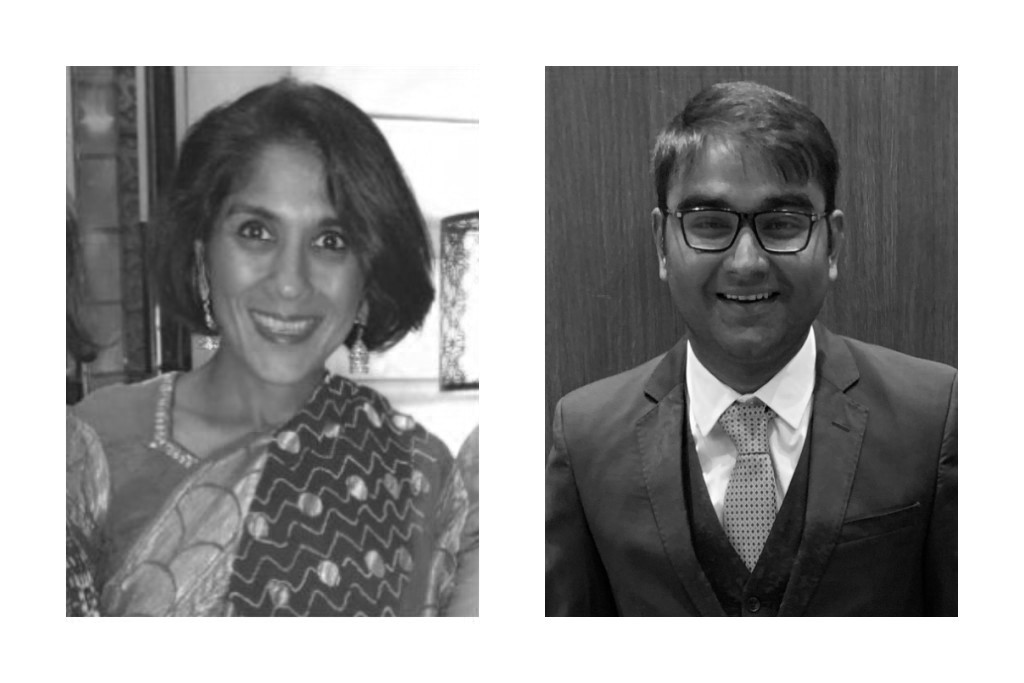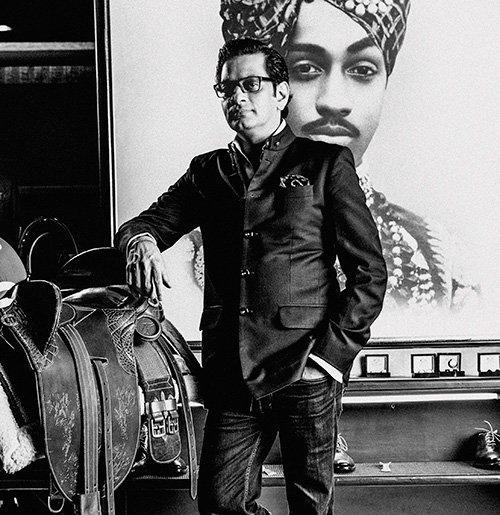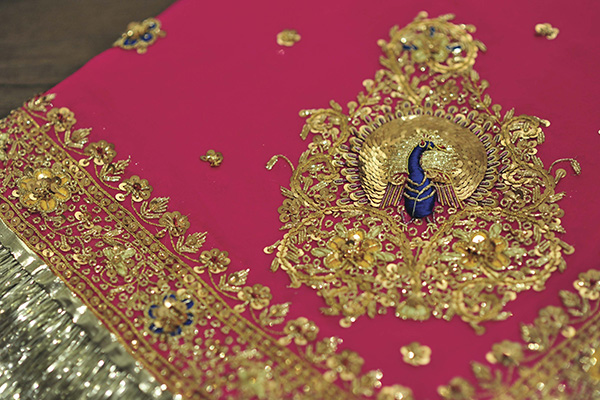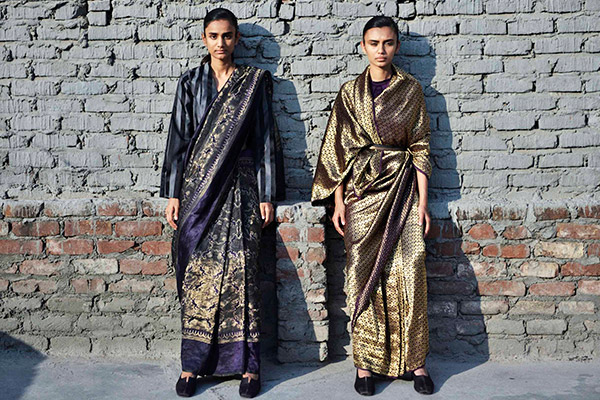
Bridal Stitch

Bridal Wear 2019 marries old stories with the new, as experiments, experiences, and élan take precedence to define this wedding season.
Every little girl has been in awe of how beautiful her mother or grandmother looked on her wedding day! Looking at the family photo albums, for the very first time she actually imagines how special she would like to look and feel on her Big Day. So, be it 50 years ago, or the present day, when it comes to bridal wear, there is an abundance of options and choices to make every girl’s dream come true.
Undoubtedly, Indian bridal wear counts among the most majestic and magnificent in the world. There’s something magical about them with their finery and elaborate detailing, so much so that they have the power to transform any bride into a fairy-tale princess on her special day. And, while the basics of Indian bridal wear may remain the same, the detailing and many other finer nuances of this exquisite garment change with every passing season, as has been the case in the past few years especially.
The wedding season is here again, and this one promises to be grander than ever before with its breathtaking offerings. Let’s take a look.
What’s trending

Speaking about what’s on offer this wedding season, textile designer and revivalist Vidhi Singhania, says, “For us, our saris and ensembles are a wonderful embodiment of a woman’s hopes and aspirations—living her dream of being a happily married woman, those special moments when her darling sister applies mehndi on her hands, when her best friend glows radiantly on her cocktail, or her precious daughter finally makes that sacred vow. As a brand, we orchestrate a veritable fable of saris that suit your every mood. A one-stop-shop for the bride and her family, our collection comprises enduring Banarasi and Chanderi woven lehngas; blouses and long jackets with immaculate pearl, zardozi and aari embroidery and embellishments, together with gorgeous dupattas and odhnas; intricate Kota saris—from the lighter range of pastels with khadi prints and resham dori embroidery to rich Kota tissue embroidered saris; stunning Banarasi saris—the lighter range of our serene yet striking Buddha collection, with delicate titlis in silver and gold to resplendent flora translated into design, such as the guthwa (cluster) of flowers and cypress trees.”
Suruchi Parakh, the founder of Suruchi Parakh Couture, strongly feels that the current generation of brides is gradually moving away from traditional styles and that they love experimenting with colours, motifs, styles and details. Her latest bridal collection focusses on these elements to offer something exclusive to every bride. Parakh elaborates, “To begin with, bridal wear is synonymous with the colour red. However, I like to design not just her outfit, but a complete look for her. So, the colours need to be selected on the basis of the skin tone and should reflect the bride’s personality. In my latest collection, I am offering pastel shades. Since I have experimented a lot with the colours and motifs, I am trying to preserve the traditional mood by keeping the cuts as rooted as possible.”
For Parakh, the comfort of the bride is her biggest priority. And thus, she prefers using fabrics that are light, have some sheen, feel soft and are gentle on the skin, and, most importantly, go well with the bride’s structure and body type. For instance, dupioni silk suits a large-framed woman, but raw silk does not.
Silk is Parakh’s go-to fabric actually and she usually plays around with eight variants of silk, depending on the bride’s body type, namely mulberry silk, eri silk, muga silk, crêpe silk, spider silk, raw silk, dupioni silk and pat silk.
Talking about his Festive 2019 collection, textile designer Sanjay Garg, who is the founder of Raw Mango, says, “Our collection consists of timeless saris and garments that evoke memories of festivity and joy. It celebrates colour and classic motifs on silks and organza from Chanderi and Varanasi, in hues of vermillion red, blue, forest green, lime-yellow, maroon, angoori and gulabi pink.”
That Marwari touch


Singhania believes that refined glamour with enchanting understated opulence finds favour with every Marwari bride. While she believes that ‘solah shringar’ (16 bridal adornments) is special to every Indian bride, the Marwari bride’s uniqueness lies in her gorgeous odhna, which perfectly complements her graceful bridal sari or lehnga. Whether it is of sheer Kota or soft Banarasi silk, combined with mirror work, or with a touch of gota grandeur, or even with appliqué jali with block prints, they all personify the legacy of a timeless Marwari cultural heritage.
Parakh, who has her roots in Jodhpur, shares that each of her designs is inspired by and reflects the rich art and culture of Rajasthan—to which she adds a dash of Western touch.
Beyond trends

Garg cannot overemphasise the fact that handloom or textile should not be worn or seen as a trend or be included in a trousseau, because it’s ‘in the moment’. He notes that the identity of a woman that they try to communicate is that there is an alternative way to wear jewellery, clothing and to curate, which need not include intimidation by trends. Rather, one should explore the uniqueness and functionality of a textile.

Echoing a similar sentiment, Singhania says, “The beauty of Indian textiles is in its versatility. While my inspirations have been overtly rooted in tradition, I still wanted the sari to become an avant-garde style statement. This time, my collection reflects my belief that one should never be restricted on how an outfit is worn. It’s entirely up to you to redefine the look. Of course, it should complement the personality of the wearer. Think opulent jadau earrings, donned with a simple sari from my collection! My saris can be paired with shirts, jackets, sunglasses and bags for an edgy spin.”
Parakh is in the mood for experimentation too and has tried to do something interesting this year by mixing two different techniques of embroidery, such as zardozi and chikankari.
This season, bridal wear then is beyond opulence—it’s a reflection of the real woman behind the bride and within the bride.










